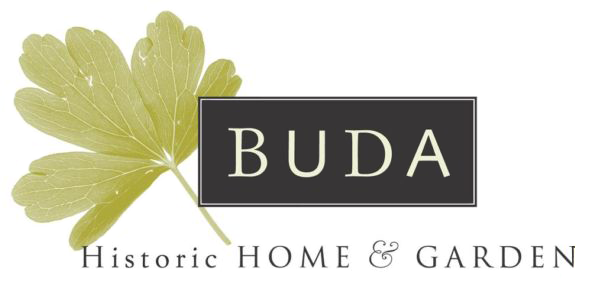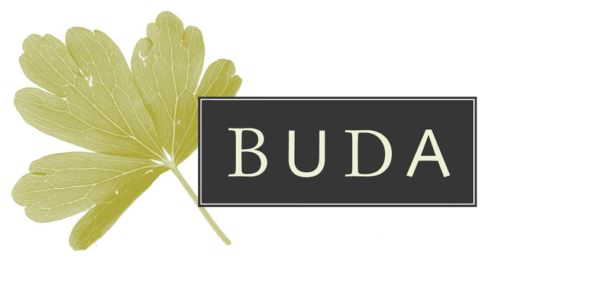CHANGING ATTITUDES
The Leviny daughters were raised during an era when many changes were occurring in society. This included a change in attitude towards women entering higher education. The gaining of professional qualifications opened up opportunities for women to join the workforce.The question of women’s suffrage was on the political agenda, as well as the Federation of Australia, together with a growing spirit of nationalism and pride in being an Australian.
ARTS & CRAFTS MOVEMENT
After their father died in 1905, the Leviny women launched into redecorating the house, removing much of the heavy Victorian-style drapes and fittings, replacing then with simpler, more modern fixtures and furnishings. In the late 1890s and early 1900s, the effects of the British Arts and Crafts movement picked up momentum in the teaching of decorative arts in Australia. All of the Leviny girls attended classes at the School of Mines in either Castlemaine or Bendigo. Both Mary, the eldest, and Dorothy were taught art by Arthur T. Woodward in Bendigo, who was a great proponent of the arts and crafts methods and philosophy. It was probably him who introduced them to “The Studio” magazine, which the Leviny women subscribed to and other books and periodicals relating to the movement. The arts and crafts movement was a major influence on the Leviny women’s hand-crafted items, including needlework, wood carving, metal work, photography, and interior decorations, which were used to adorn their home.
GROWING INDEPENDENCE
The Levinys were socially advantaged women of independent means due to their father’s financial position. They were under no particular pressureto marry or earn a living, but Dorothy and Hilda did work for a living at various times. This independence gave them the freedom to pursue their creative interests and remain in the family home for the duration of their lives.
End of Transcript
For more information on the Leviny family, the book Buda and the Leviny Family by curator Lauretta Zilles is available to purchase. Call (03) 5472 1032 for a copy to be posted or drop in to the Buda giftshop at 42 Hunter St Castlemaine.




